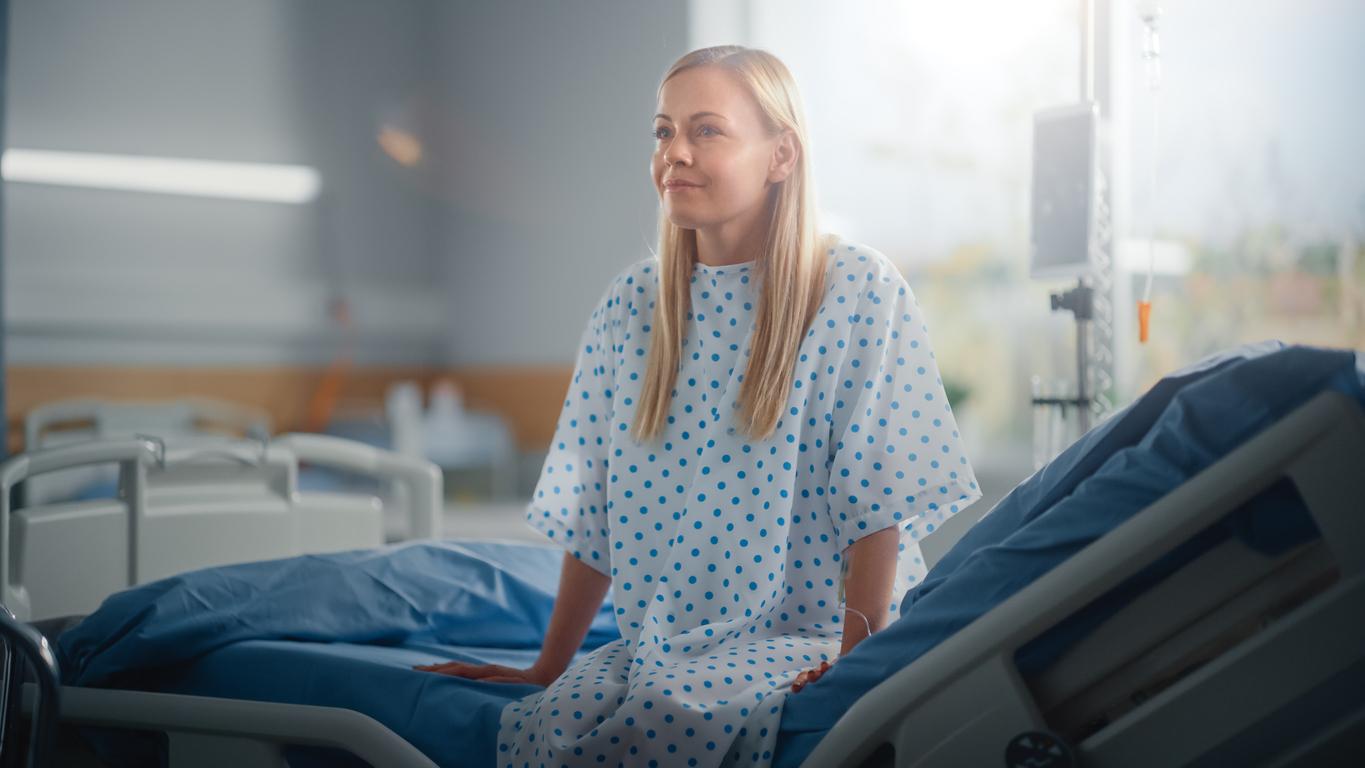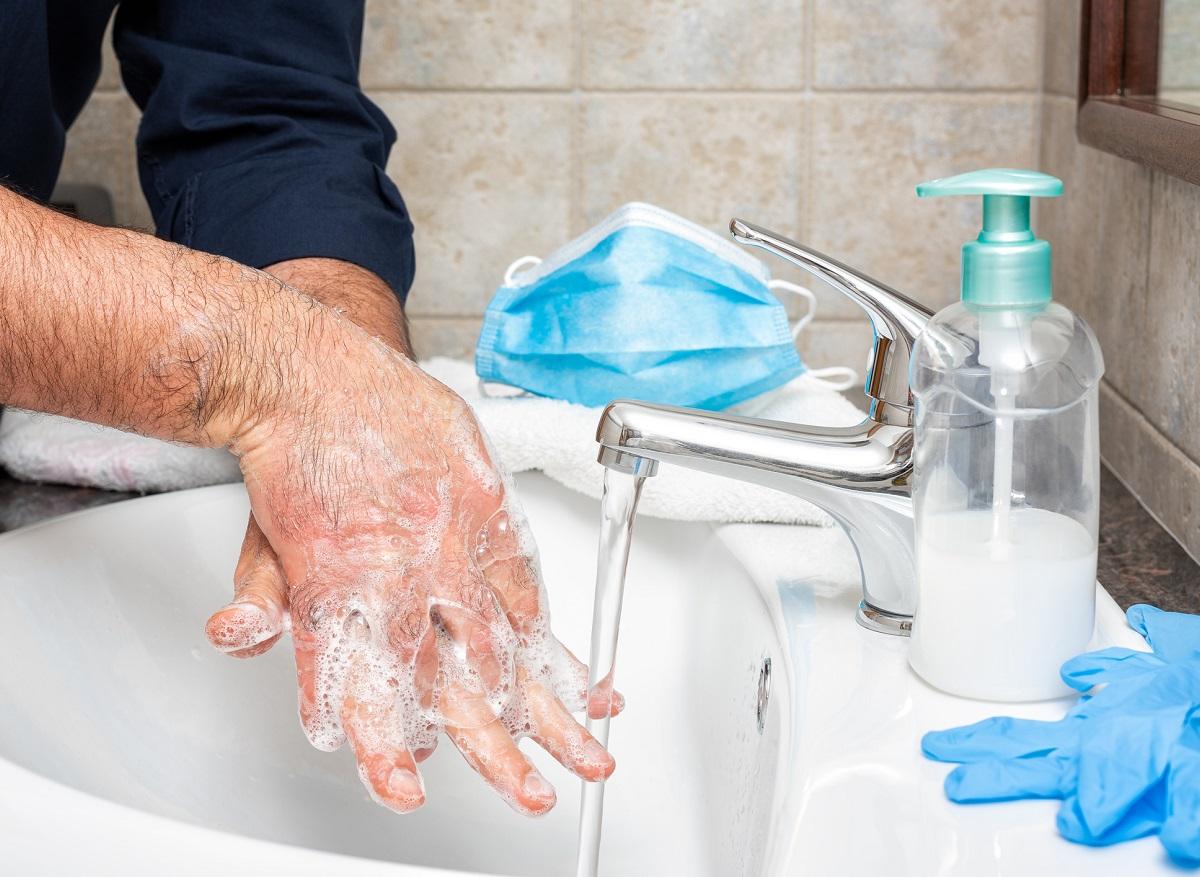Nosocomial infections, contracted after a surgical operation, do not come from bacteria present in the hospital, but from those you already have on you.

- 86% of bacteria causing infections after spinal surgery were genetically associated with bacteria the patient carried before surgery.
- Nearly 60% of infections were resistant to the antibiotic administered preventively before the surgical procedure and/or to the antiseptic used to clean the skin before the incision.
- To prevent surgical infections, researchers recommend studying the patient’s microbiome before surgery.
In France, one in eighteen hospitalized patients suffered a nosocomial infection in 2022, according to the site Public Life. This isinfections contracted during a stay in a health establishmentalthough the patient did not have it on admission.
In a new study, published in the journal Science Translational Medicine and presented in The Conversationresearchers from Harborview Medical Center at the University of Washington wanted to understand the origin of the pathogens that cause these infections.
Surgical site infections: they remain numerous despite the measures
During surgery, hospitals have an important health protocol to prevent infections. It includes in particular the sterilization of surgical equipment, disinfection of the operating room, sterile surgical clothing, administration of antibiotics during the procedure, etc. However, according to the Centers for Disease Control and Prevention (US health agency), there are always surgical site infections (SSI). In France, Santé Publique France noted, for its part, an increase in the incidence of SSI in its 2020 report, for hip prosthesis revisions. Scientists therefore wanted to understand the origin of these pathogens, despite the implementation of preventive measures.
For this, they focused on spine surgeries. For a year, they collected samples of bacteria living in the noses, skin and stools of more than 200 patients before such surgery. This is what we call the preoperative microbiome (set of bacteria). Then, for 90 days, the participants were followed in order to be able to compare the bacteria taken beforehand to those of the infections contracted subsequently.
Nosocomial infection: 86% of cases were linked to bacteria carried by the patient
Results: certain bacteria taken were found on the skin of the patients and were therefore linked to the infections contracted after the surgical procedure:
- For the upper back, neck and shoulders, the bacteria were more similar to those in the nose.
- For the lower back, the bacteria were similar to those in the stool and therefore the intestine.
Scientists managed to determine that 86% of bacteria causing infections after spinal surgery were genetically associated with the pathogens that the patient carried before surgery.
But why do these pathogens manage to infect the patient despite preventive measures? According to the researchers, almost 60% of infections were resistant to the antibiotic administered preventively before surgery and/or to the antiseptic used to clean the skin before the incision.
To prevent surgical infections, the team recommends studying the patient’s microbiome before a procedure. This would make it possible to better personalize prevention, in particular by delivering antibiotics more targeted to the bacteria carried by the patient.


















